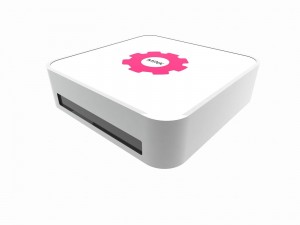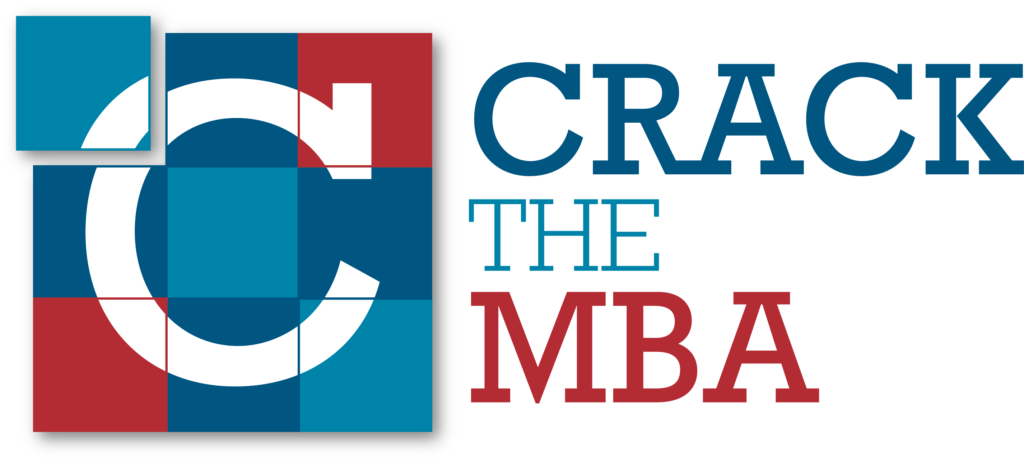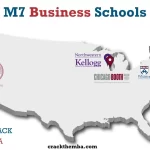This post has been written by Alina Benny (Intern) for Crack The MBA.
Sparks flew when a 3D printer, “Mink”, met makeup at the TechCrunch Disrupt NY 2014. Out of all the news, insight and 27 startup demos at the Manhattan Center in May, this makeup printer presented itself as futuristic and feasible. How? It combined a familiar technology with a familiar goal. Founder of Mink, Grace Choi, a Harvard Business School graduate (Class of 2013) says her miniature 3D printer with FDA approved ink and a myriad of other substrates can create any kind of makeup from creams and powders to lipsticks. Watch the presentation below.
Grace Choi – The Serial Inventor
One of Choi’s professors from Cornell, where she completed her undergraduate education in Hotel Management, posted on the alumni website that he needed lab help. With no scientific background whatsoever, Choi volunteered to help, albeit briefly. But this was in no way brief because later she started working as a researcher at Weill Cornell Medical College and helped develop gentler ways to adhere medical devices to the skin of fragile patients. Not too long after, she became the Head of the Research and Development wing at Topspin’s Medical. After inventing four medical devices, Choi decided she needed to move out of medicine and do something more creative and that is when in 2010, Home Shopping Network crowned her the Homemade Millionaire for her “Convertible Jewelry” design. “The jewelry was great for getting my foot in the door. But, it also made me realize what I like doing. It wasn’t as scientific as I wanted it to be.”
After she joined HBS in 2011, Choi created her own fashion startup, Grace Choi & Co – a contemporary women’s lifestyle brand offering beauty and fashion products. Leveraging what she received at the Medical College and the exposure as an early-stage entrepreneur, she launched her own skincare line that is “attainable, but high quality” in her words – Grace Choi Porcelain BB Cream. This moisturizer/foundation/primer was a step ahead of the existing products, with the largest variety of tones yet – 10 different shades ranging from neutral to deep olive.
The inventor of what took up a lot of Sephora shelf space two years ago, may now be the reason why Sephora needs to be nervous. Choi’s latest invention – Mink – is a formidable opponent to the $55 billion beauty industry.
A Closer Look at Mink

Mink works in tandem with any image editing software (MS Paint or Adobe Photoshop) to capture a digitally rendered color and save the corresponding hexadecimal code. On pressing print, out pops custom made makeup made with FDC certifiable paints and dyes. It may be safe to assume that there is a toggle option on the printer that allows you to pick what kind of makeup you are printing.
“I’m literally just pulling things together. I didn’t create ink-jet printing. I didn’t create makeup! I didn’t create new software. It all existed. I think that’s where the creative-person guilt comes from. We didn’t make anything new,” says Choi. Mink juxtaposes the good parts of boutique cosmetics and mass-market retailers. Hence it boasts quality, low cost, high accessibility and wider niche color options. It is still in its prototype stage and will be marketable in the “near future” with a target demographic of 13-21 year old girls, at a $300 price point.
Will Mink Gain Traction?
In today’s Pinterest and Instagram age, Mink offers customization and more options to color-hungry consumers. The $300 price point, however, appears steep for the 13-21 year age group that Grace targets. Based on Grace’s presentation where she confesses she hacked the demo, it is difficult to appreciate the proprietary element of her product and the concept seems replicable. Therefore, while this publication loves the concept in theory, we are less optimistic about Mink’s ability to disrupt the makeup industry.



